Bee Balm Companion Plants
Monarda, commonly called Bee Balm is a beautiful plant in any garden. It offers stunning blooms in several colors and has a pleasant fragrance. Bee balm is also considered an excellent companion plant. Used in the garden, it can improve the health and productivity of other plants growing nearby.

Reap the benefits of companion planting with bee balm and create a thriving garden ecosystem. It fits well in any honey bee garden design and in your vegetable patch too.
Why Bee Balm is a Good Companion Plant
Monarda Didyma is herbaceous perennial native to eastern North America and Canada. Flower colors include red, purple, pink, and white.
Varieties of Monarda didyma range in height from 15″-inch dwarves to 4′-foot-high shrubs. This plant is also known by several other names:
- Bee balm
- Bergamot or Wild Bergamot
- Horsemint
Easy to grow in full sun to partial shade, it likes moist well-draining soil. The foliage and roots of Bee balm contain very strongly scented oils that may help repel plant and soil pests
With the word “bee” in the common name, you know this plant must be attractive to pollinators. This makes it a good choice for an addition to your bee garden. Butterflies, hummingbirds and more will come to gather food.
What is Companion Planting?
Companion planting is a gardening technique that has been practiced for centuries. It involves growing different species of plants close together to improve the health and productivity of one or both!
For this to work, you must carefully select plants that have beneficial relationships with each other. This may include repelling pests, attracting pollinators to increase yield or improving soil quality.
Three Sisters Garden Method
Native American tribes excelled at companion planting. Growing corn, beans and squash together in one spot. All of the plants benefited in Three Sisters Gardening and it was a space saver as well.
Best Bee Balm Companion Plants
A great place to start is in your vegetable garden? You want pollinators to visit there too, right? It grows well with a wide variety of annuals, herbs and perennials.

1. Tomatoes (Solanum lycopersicum)
They’re one of the most popular plants grown in backyard gardens. And no wonder, nothing tastes better than fresh summer tomatoes straight off the vine. But these plants do have to deal with several types of pests including hornworms.
Bee balm repels tomato hornworms and improves the flavor of tomatoes when grown in close proximity. Choose taller growing varieties of monarda for interplanting with tomatoes.

2. Cucumbers (Cucumis sativus)
Homegrown cucumbers are easy to grow and delicious raw or in salads. But, they need good pollination and can be plagued by beetles.
Bee balm attracts beneficial insects that prey on cucumber beetles, helping to control their population.
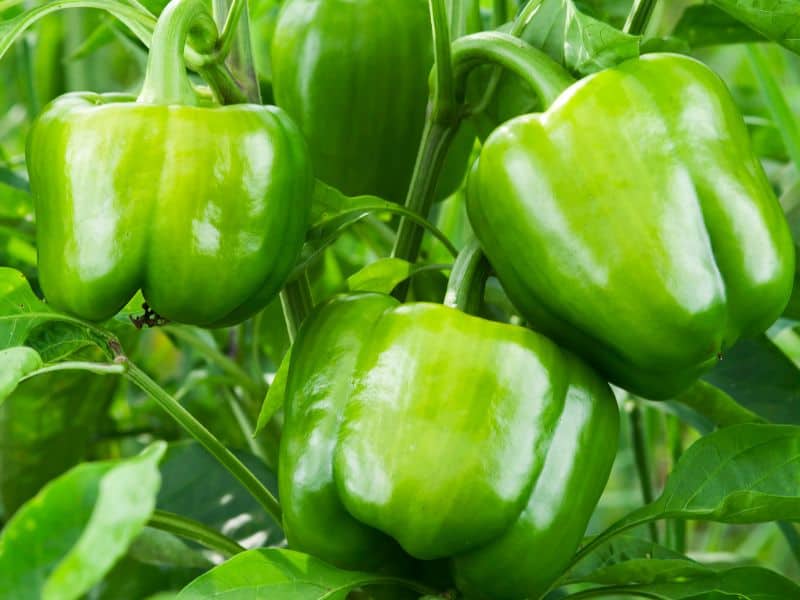
3. Peppers (Capsicum)
There are many different types of peppers grown in the home vegetable garden. From sweet one to those that are hot on the tastebuds. But, all of them are subject to attack by aphids and other sap sucking insects.
Bee balm attracts pollinators that are essential for good pepper production and can also help repel aphids and other pests.

4. Basil (Ocimum basilicum)
Basil is a common herb and like many other herbs – it is attractive to bees. Planting Bee balm and basil together complements the flavor of each and can help repel mosquitoes and other pests.

5. Squash (Cucurbita)
Good pollination is very important if you are hoping for a nice crop of squash. Include a couple of Bee balm plants near your squash. They will help attract more bees leading to better pollination and a higher yield.
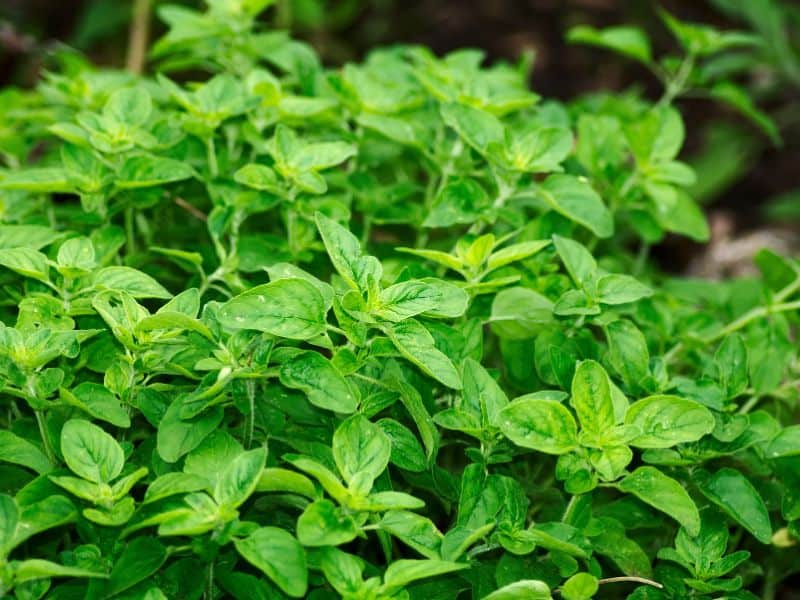
6. Oregano (Origanum vulgare)
Bee balm and oregano are both part of the mint family and complement each other well. Oregano also repels pests that can damage Bee balm. In this case, they both benefit from companion planting.
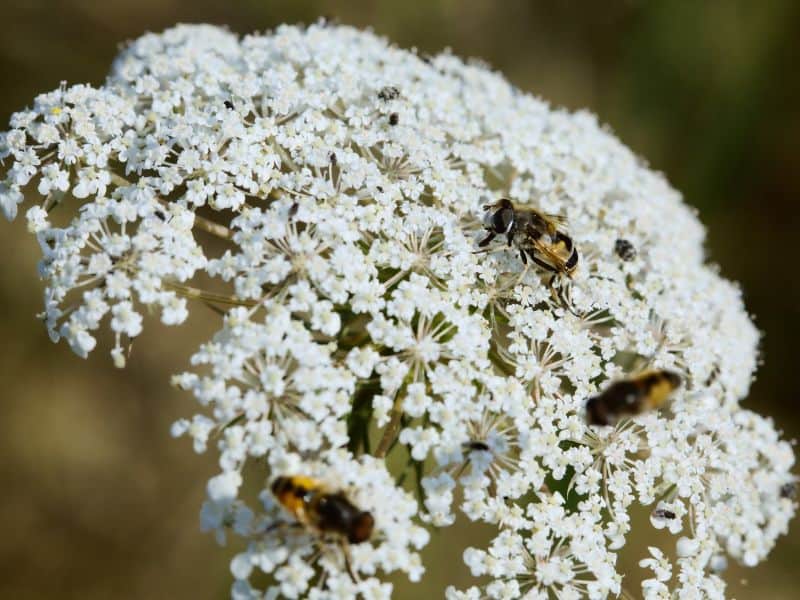
7. Yarrow (Achillea millefolium)
Yarrow is a good companion plant to include alongside Bee balm. It attracts beneficial insects and improves the soil quality of the garden.

8. Catnip (Nepeta)
Another nice companion plant for Monarda, the strong scent of catnip can help repel pests that might damage your bee balm display.
Beautiful Flower Display
While very useful among your vegetable plants, Bee balm fits in perfectly in a pollinator garden. Whether you are a beginner gardener or one with years of experience, you can use this remarkable plant to improve the quality of your garden through companion planting.
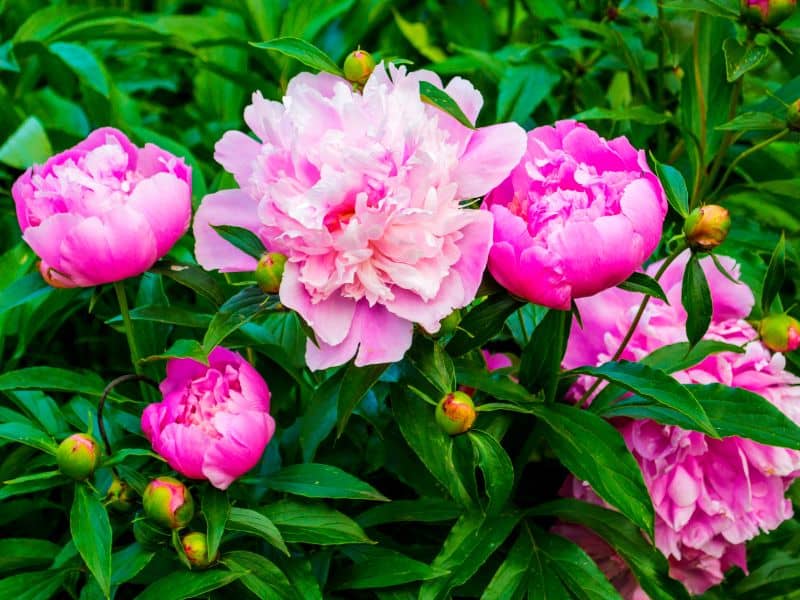
9. Peony (Paeonia)
With similar growing conditions, this plant combination can create a stunning visible display. The long blooming bee balm brings color to the area after the peony has finished.

10. Purple Coneflowers (Echinacea purpurea)
Purple Coneflowers and various types of Echinacea can be planted with Bee Balm. Both attract a wide range of pollinators and have medicinal properties too.
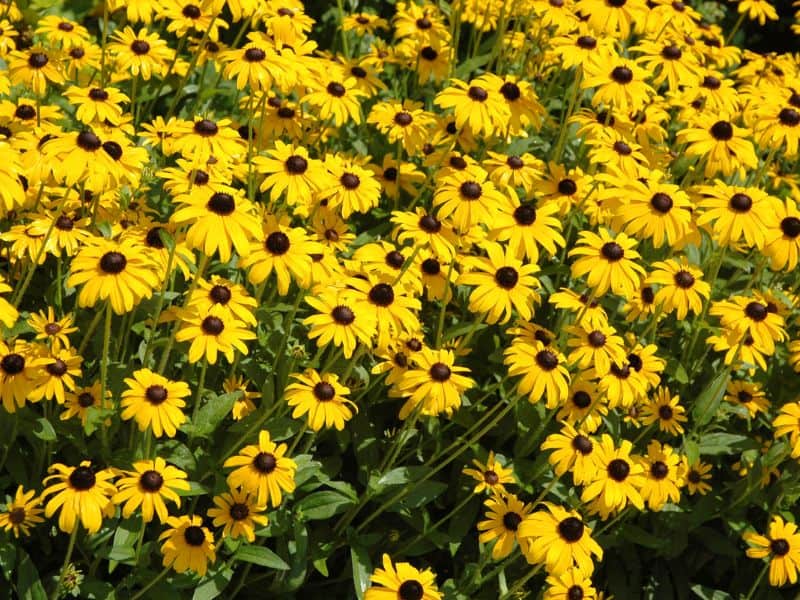
11. Black-Eyed Susan (Rudbeckia hirta)
Black-Eyed Susan creates a cheerful display in any bee garden. Adding red or purple Bee balm in front of the taller yellow flowers gives you a beautiful garden all Summer.
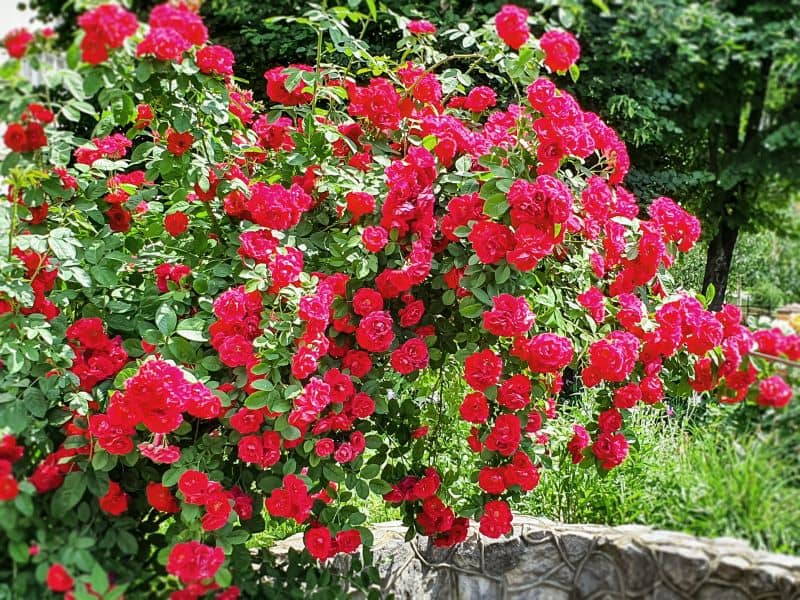
12. Roses (Rosa)
Roses of any color – but especially red (in my opinion) make a perfect combination when planted with Bee balm. In fact, you could include two different colors of Monarda to compliment the taller rose bushes.
Tips for Planting
Since Bee balm is our star in this show, we must consider the best growing conditions. It can grow in less than perfect conditions but when you have a choice – give it what it likes.
Choose a location with well-draining soil and one that gets at least six hours of sunlight per day.
Prepare the soil before adding your plants. Loosen compact soil and add compost or other organic matter to improve the fertility and get your plants off to a good start.
Plant the bee balm first. Dig a hole slightly larger than the plant’s root ball. Place the plant in the hole and backfill with soil, press soil around the base of the plant.
Dig holes for the companion plants around the Bee balm. Leave enough space to allow for plant growth – the space needed depends on the plant type. Tomato and squash plants need more room to spread out than cucumbers or peppers.
Water well and consider adding some mulch to help hold in moisture and reduce the need for weeding.
Caring for Bee Balm (Mondara spp.)
One of the best qualities of this plant is that it requires so little special care. It is relatively easy to grow once established in a location with proper sun and moisture.
Bee balm does not require heavy fertilization. If your soil is lacking in nutrients, apply a balanced slow-release fertilizer in early Spring.
Pruning: Trimming bee balm plants back to about one-third of their height in late spring encourages bushier growth. Deadhead spent flowers regularly to promote continuous blooming.
Every few years, these hardy perennials can be divided and replanted to increase your number of plants.
As far as disease, Bee balm is not troubled by many plant diseases though it can be prone to powdery mildew in damp climates. Avoid over-head watering to help keep the leaves dry.
Final Thoughts
Companion planting produces a more balanced ecosystem and reduces the need for chemical fertilizers or pesticides. While there are many flowers that bees like, this one does a bit more. Helping improve growing conditions for some types of plants in close proximity – Bee balm may be the perfect companion plant for your garden.


